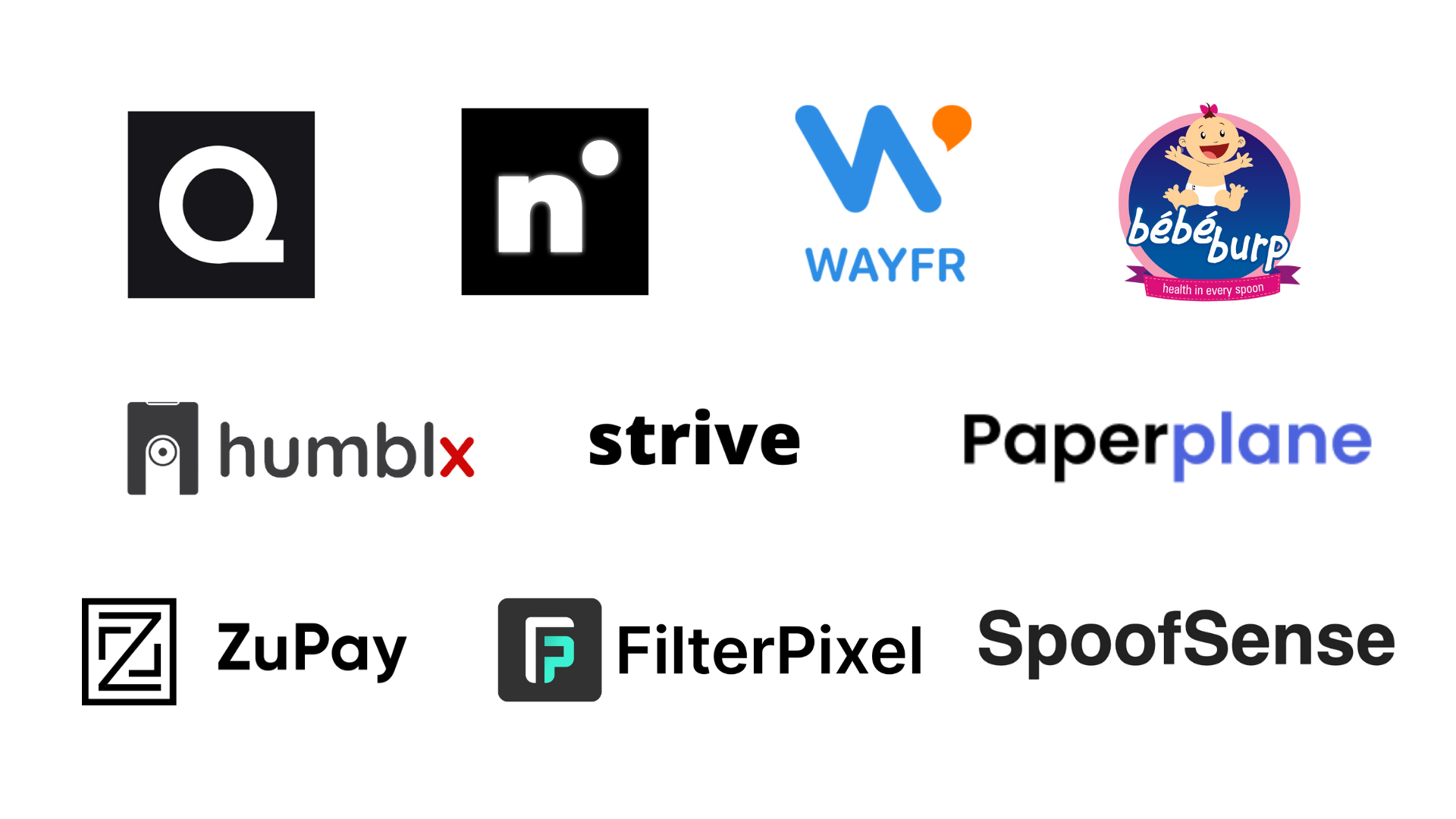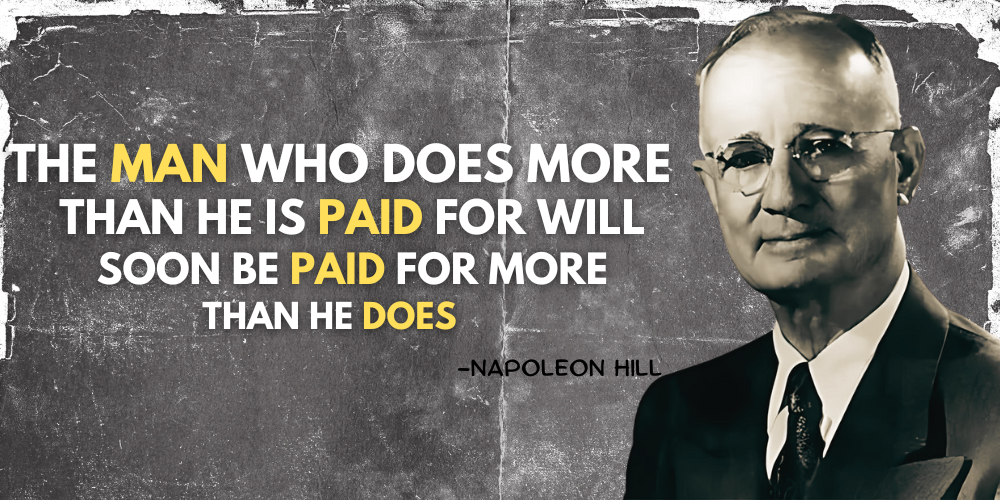What’s in store for the Cloud in 2012?
Tuesday January 03, 2012 , 4 min Read
Many industry experts analyzed and predicted the Cloud Computing trends for 2012. Here is a list of what I think is in store for the Cloud this New Year.
SSD based Cloud Storage – I was hoping to see the Cloud storage vendors offering SSD based storage options in 2011. But, for some reason that did not happen. 2012 will see a surge in the SSD based Cloud storage offerings. This will also alleviate the concerns of running high I/O tasks on the Cloud. EBS on AWS and Azure Drive suffer from the same throughput issues. SSD will be a big boost for moving I/O intensive workloads to the Cloud.

Global Expansion of Cloud Providers - Expect to see Cloud providers adding additional geographies and locations in an attempt to get closer to the customers. Today, Singapore is the hub for many Cloud providers in Asia Pacific. In 2012, Hong Kong, Australia and China will see heavy data center investments. With traditional H/W companies like HP, Delland IBM aggressively pushing their Cloud agenda, they are likely to expand the footprint across the globe.

The Rise of OpenStack–I am betting big on OpenStack in 2012! OpenStack is quickly becoming the Linux of the Cloud world. It is being positioned as a viable alternative to AWS. Though I personally believe that OpenStack has miles to go before it can match the AWS maturity and stability, many AWS wannabes are embracing OpenStack and investing in it. This is good for fast-tracking the evolution of OpenStack. 2012 will see OpenStack powering many commercial IaaS offerings.

The Rise of Cloud Foundry–Cloud Foundry is an underdog of the PaaS world. I am fan of Cloud Foundry because of its design and architecture. The folks at VMware designed it as an extremely generic, platform agnostic PaaS engine. And, it is open source! Cloud Foundry enables any platform / framework vendor to implement their PaaS through Cloud Foundry. ActiveState’s Python PaaS, Stackato is an example of what a framework leader can do with Cloud Foundry. Don’t forget that Cloud Foundry also powers the very first .NET PaaS alternative to Windows Azure. The Private PaaS paradigm will be completely driven through Cloud Foundry.

Every PaaS will become Polyglot - Almost every PaaS vendor wants us to believe that they can speak multiple languages. Heroku, Cloud Foundry, Windows Azure and OpenShift – all the platforms support a variety of languages. Java, Python, PHP,Ruby, Node.js and C# are the usual suspects. And then each vendor supports additional services like RabbitMQ, MongoDB, PostgreSQL, MySQL and Memcached. More languages and services will be added to the popular stacks of PaaS.It is interesting to see which language / platform / framework dominates the PaaS world in 2012.

DevOps will be a mainstream Job function –Expect to see job postings with the new description of DevOps. With the line between IaaS and PaaS blurring, DevOps professionals will be in demand. Developers will be part administrators and IT admins will be part developers. This trend will be fueled by some of the shifts in the service models. For example, AWS will add more languages to Beanstalk to project AWS as a PaaS for developers. Windows Azure will expose APIs for every administrative task and also invests more in VM Role to move towards the IaaS layer. Adoption of Puppet, Chef and CloudFormation will create additional DevOps jobs in 2012.
Cloud Monitoring Tools–We will see many startups and existing players offering Multi-Cloud / Multi-Resourcemonitoring, tracking and management services. This will go beyond AWS CloudWatch and Windows Azure Diagnostics offeringlightweight, rich visualizations on the Cloud analytics. This will also include tracking the billing and usage of Cloud resources. Expect to see the clones of Cloudability.com in 2012 with additional capabilities.
Consolidation of NoSQL players– The NoSQL market is heavily fragmented with more than a dozen vendors offering some flavor of NoSQL databases. In 2012, this segment will see a consolidation and only a few NoSQL vendors will survive at the end. With traditional RDBMS vendors like Oracle, Microsoft and IBM officially entering this space, it will be interesting to see who will remain and who will get crushed!

Big Data will Grow Big–In 2011, Big Data and Hadoop finally came out of the closet into the mainstream. It is no more an academic research project with just a few open source prototypes. Cloudera, Yahoo! Hortonworks, MapR, DataStax and Hadapt are betting their business on Big Data. Microsoft’s partnership with Hortonworks endorsed this phenomenon in a big way! It’s a healthy sign to see these companies building commercial business models around Big Data. Also, expect to see more managed Hadoop and Map Reduce frameworks on the Cloud in 2012.

Do you think I missed something? What are your predictions for the Cloud in 2012?
- Janakiram MSV, Chief Editor, CloudStory.in










